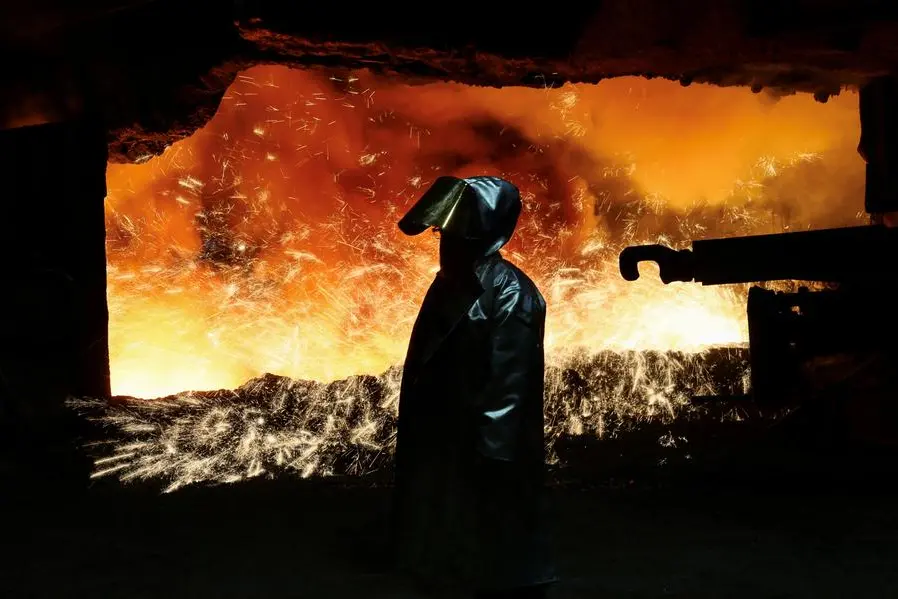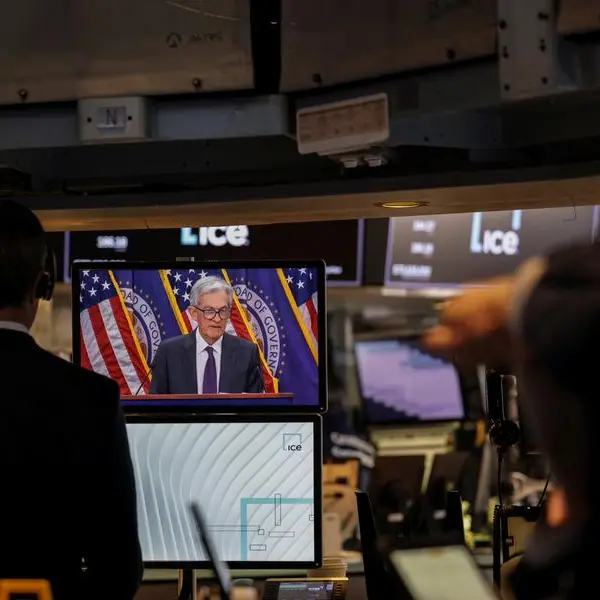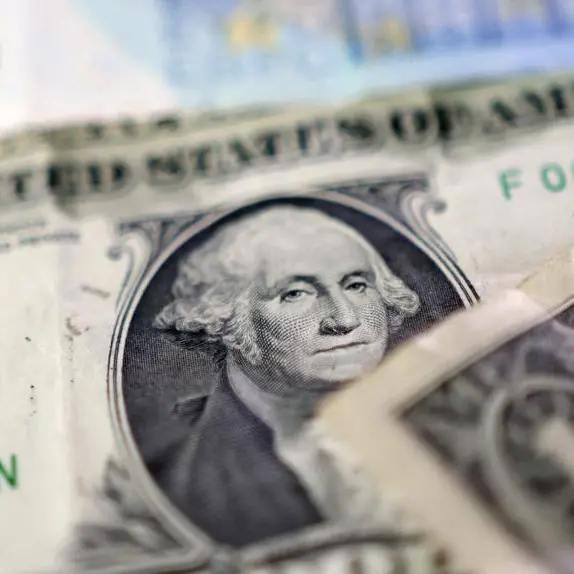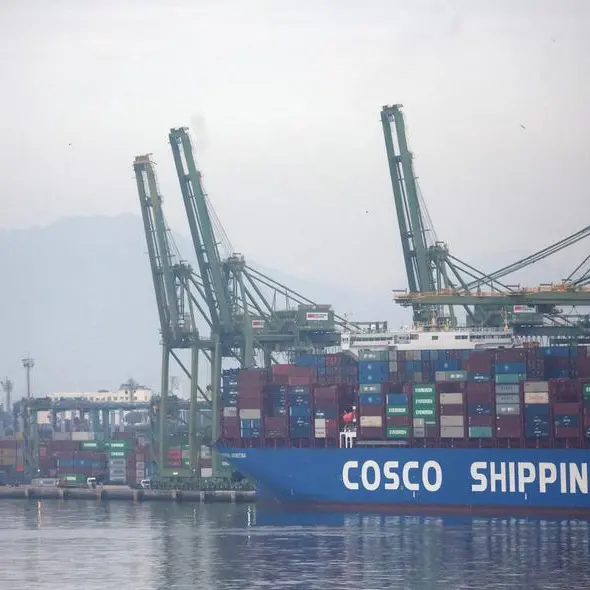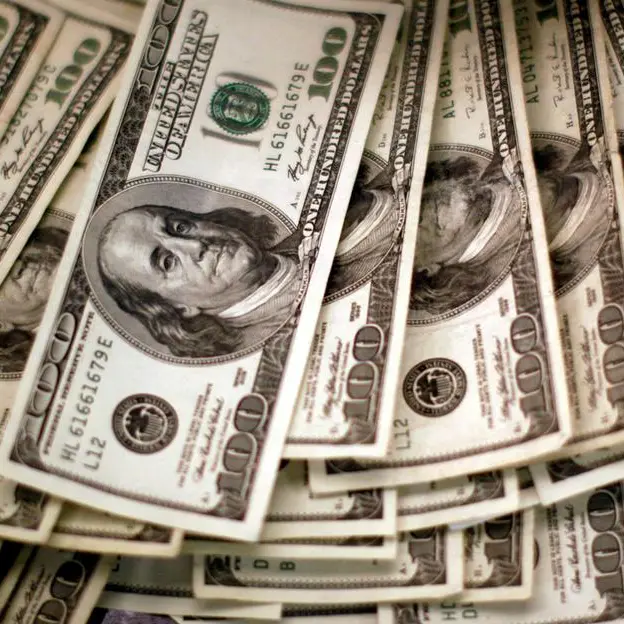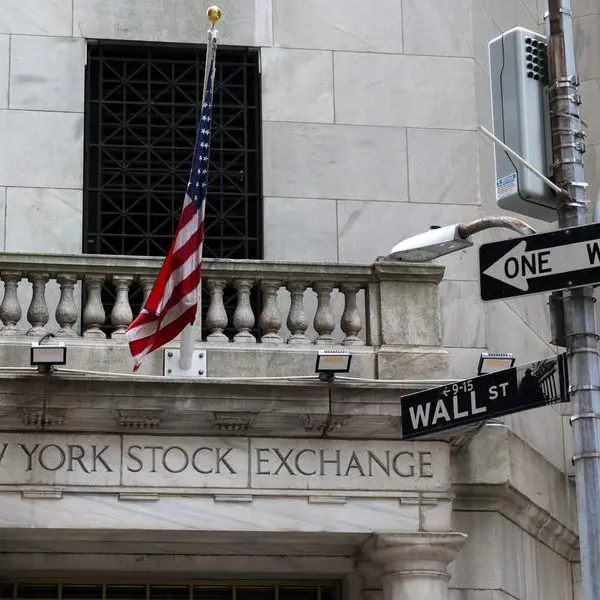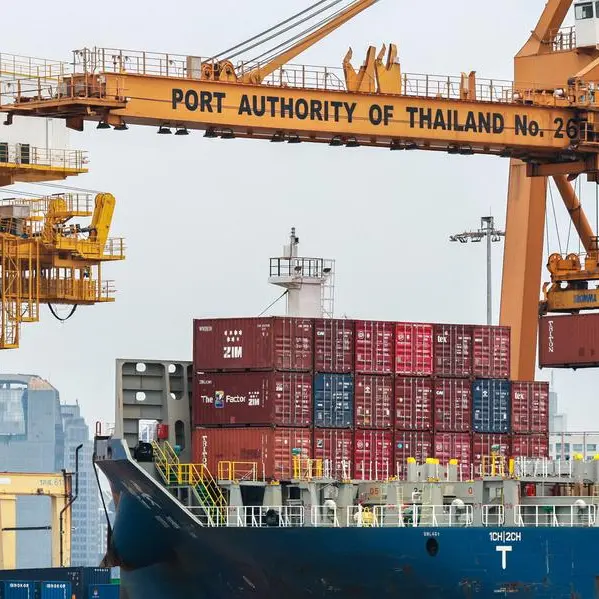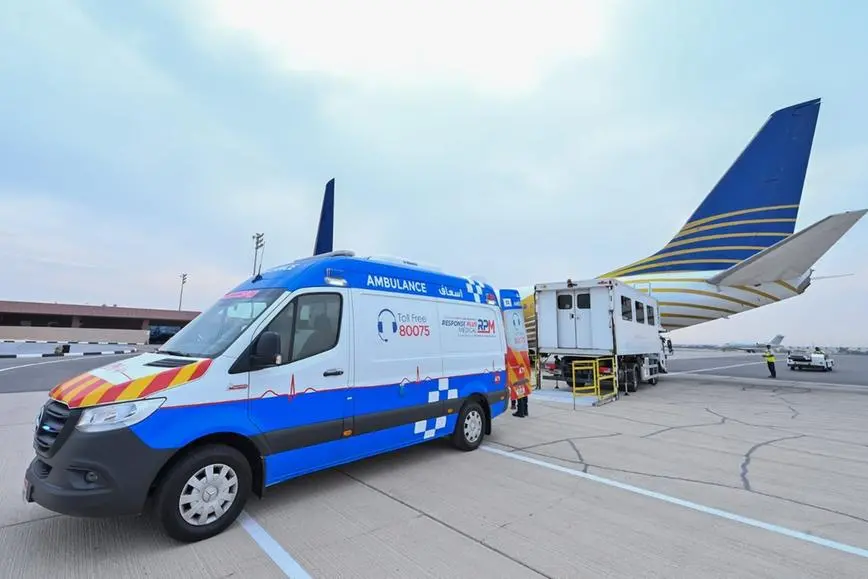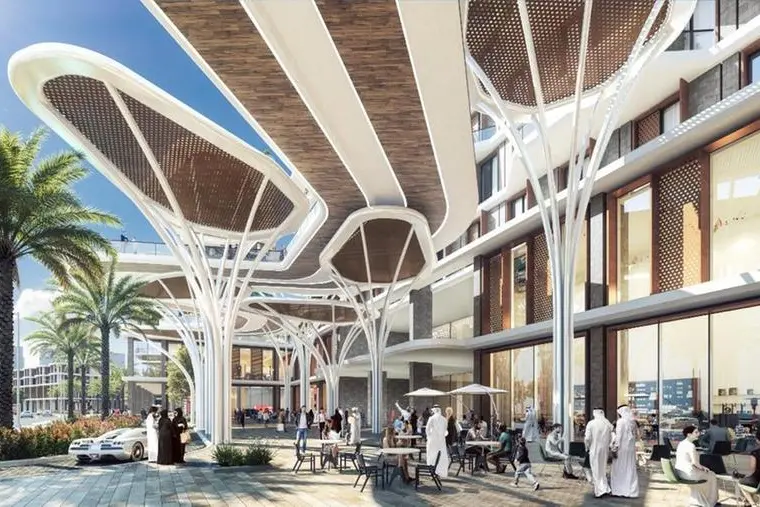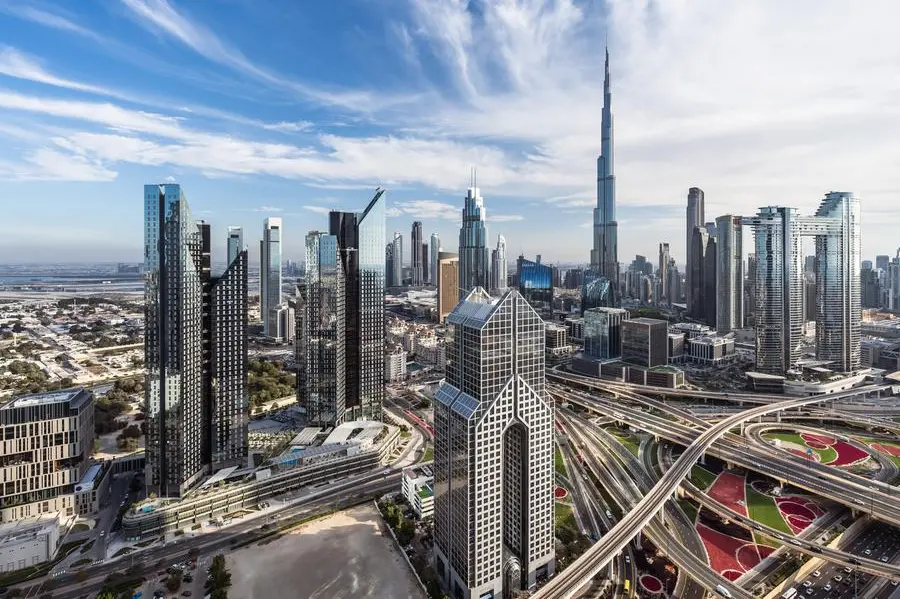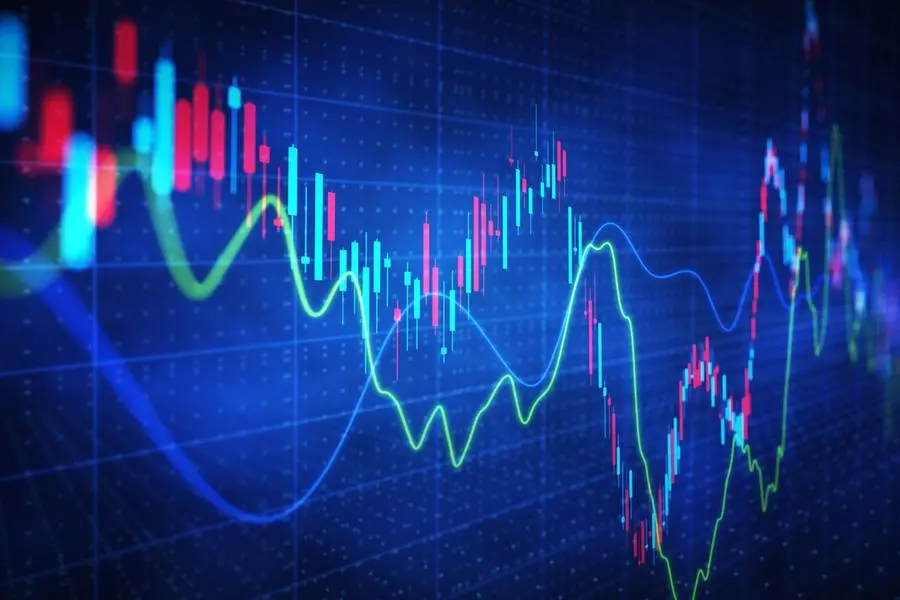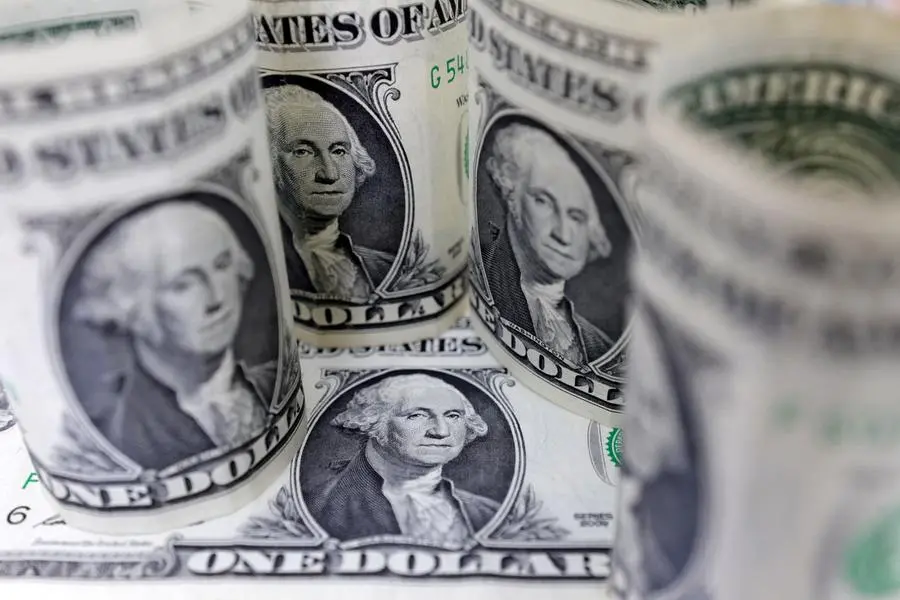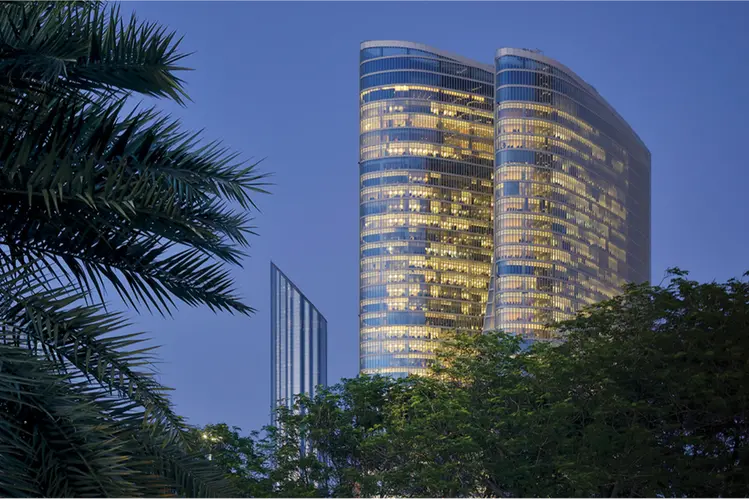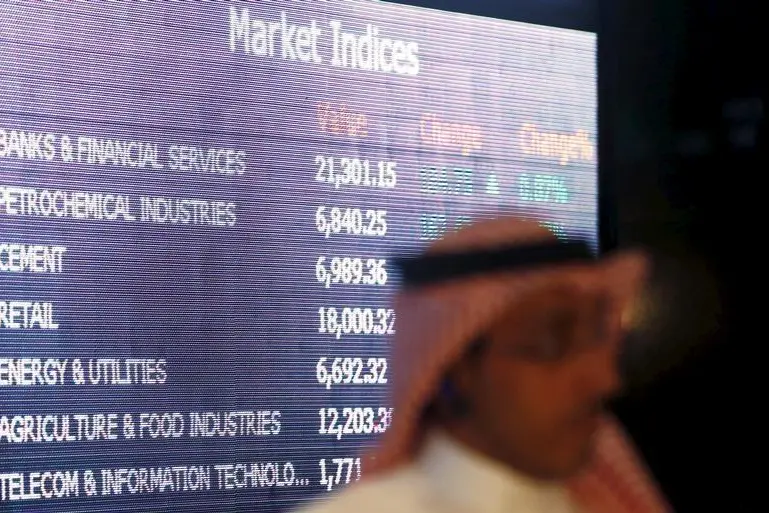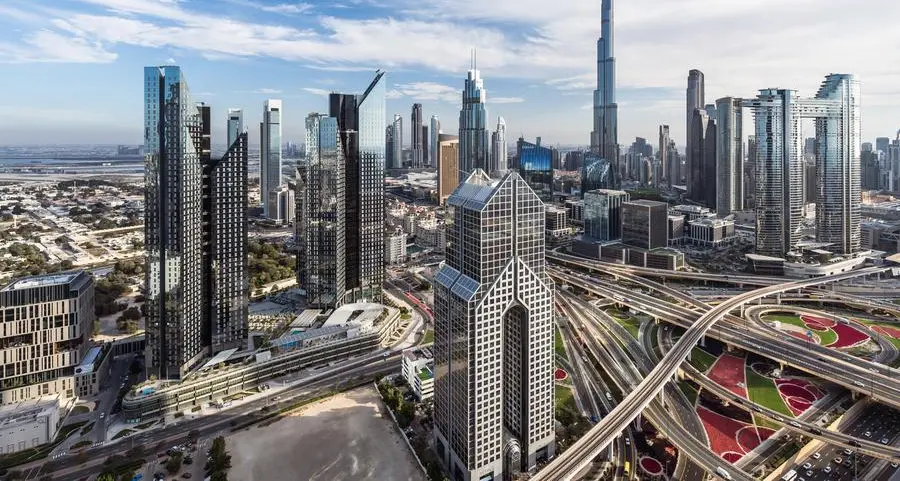PHOTO
FILE PHOTO: A steel worker in heat protection gear is silhouetted against the sparkling fire of Europe’s largest furnace at ThyssenKrupp's steel plant in Duisburg, Germany, November 16, 2023. REUTERS/Wolfgang Rattay. Image used for illustrative purpose.
(The views expressed here are those of the author, a columnist for Reuters.)
PERTH - Decarbonising the steel industry is one of the massive challenges in meeting climate goals, but could end up being extremely profitable for companies and governments prepared to take the risks.
The steel value chain accounts for 7% to 9% of global carbon emissions, the largest single industrial contributor and thus a prime target for the net-zero by 2050 goals of many countries and companies.
The problem is that about 80% of steel emissions come from a single step in the process, namely turning iron ore into pig, or crude, iron by removing oxygen and other impurities, a process that now involves using vast quantities of coal.
The good news is there are available technologies to take coal largely out of the mix, and while the eventual finished steel will not be emissions-free, it is possible to get the carbon intensity down to around 300 kg (661 lb) per ton of steel, about one-seventh of the current 2.2 tons of emissions.
The bad news is that adopting these technologies at the necessary scale requires not only huge capital investments, but massive amounts of cheap green energy and coordinated government regulations and incentives across all countries, from resource producers like Australia to steel makers like China and Japan.
Australia is the world's largest producer of iron ore, exporting almost 1 billion metric tons a year, of which more than 80% goes to China, the world's biggest importer and maker of half of global steel.
Iron ore is Australia's biggest resource export, and metallurgical coal used to make steel is in the top five, meaning the country is extremely exposed to any sustained shift in global steel production to lower emissions.
At the Green Iron and Steel Forum held this week in Perth, the scale of the challenge and value of the potential shift to low-emission steel was front and centre.
Australia's iron ore exports are worth about $85 billion a year and metallurgical coal a further $34 billion, but the potential increase in value by switching to producing green iron for export was put as high as $252 billion a year.
That assumes converting most of the current iron ore volumes to green iron through a process of using hydrogen made from renewable energies such as solar and wind.
A more realistic view of converting 40% of iron ore output to green iron by 2050 still yields an impressive value of around $110 billion per year, to which would be added the value of the other 60% of iron ore still being shipped.
But building the energy and processing infrastructure to achieve this will require massive amounts of capital, running into hundreds of billions of dollars.
It is likely that the cost of solar panels, wind turbines and battery storage will continue to decline, especially if the massive volumes being demanded result in increasing economies of scale in China.
But even so, before such huge amounts of capital are deployed, investors will need a fairly high degree of certainty.
COMMITMENTS NEEDED
Steel mills in existing heavyweights like China, Japan and South Korea will need to commit to actually buying green iron.
This means they will have to commit capital to switching steel production from the coal-intensive basic oxygen furnace-blast furnace method to using electric arc furnaces, which can process green iron into steel without using coal for smelting.
Steel makers will also have to agree to invest in Australian green iron plants and share the up-front capital costs.
Miners are good at digging and shipping iron ore, so they will have to learn how to process the raw ore into pig iron using green hydrogen, which effectively means finding partners with expertise in building firmed renewable power plants and hydrogen production plants.
The problem is aligning all the various parties together in order to kick start what is effectively a new industry, albeit one using an existing raw material.
There is also probably a major role to be played by governments in Australia and across Asia.
Low-emissions steel is going to be more expensive to produce than the current high-emissions product.
Experience suggests consumers are unlikely to voluntarily pay more for a low-emissions product, meaning that the steel sector has to either be punished by carbon taxes or incentivised by subsidies in order to switch.
Some Asian countries are introducing carbon taxes and some have incentives for green projects, but there is no sign of a coordinated regional framework that would provide investor certainty and drive investment.
At the Perth conference it became apparent that the technology and the willingness to embark on the green iron journey exist in Australia.
It is likely that shifting from the dig-and-ship model of iron ore in Australia to adding in the additional step of beneficiating to green iron will be like a proverbial snowball.
Right now the green iron dream is like a small snowball at the top of a mountain. To start rolling downhill and gaining size and speed it needs some initial momentum.
Even once it starts rolling it will take some time to build speed and size, but if it can avoid hitting too many obstacles it can turn into an avalanche by the time it gets to the bottom of the mountain.
The views expressed here are those of the author, a columnist for Reuters. (Editing by Clarence Fernandez)
Reuters
